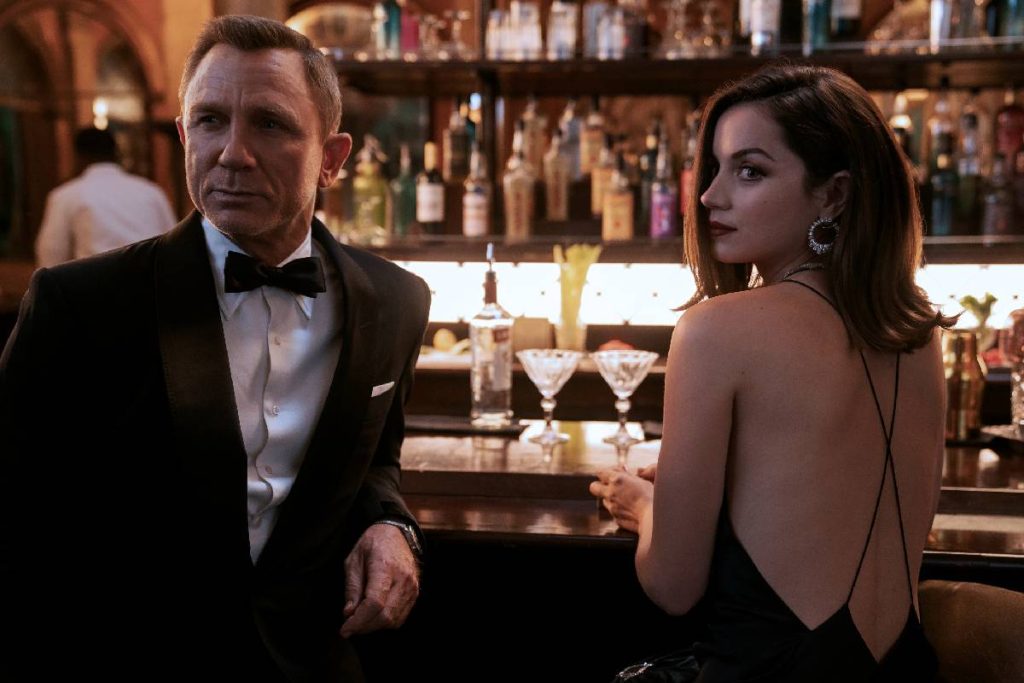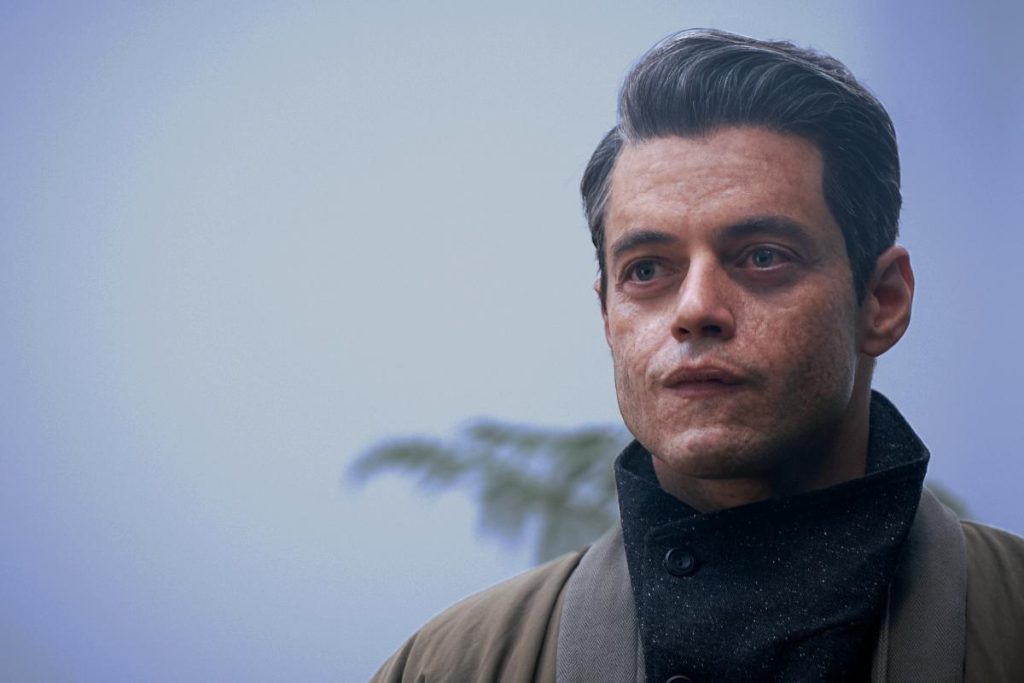Daniel Craig is now 53 years old. He was a relatively fresh-faced 38 when Casino Royale came out, the first film in which he portrayed James Bond. Many regard it as the ultimate silver screen role for an English-speaking actor. Before Craig’s stint, you would’ve had to qualify that statement with the words “white”, “male” and “British”. But now, at the conclusion of Craig’s five-film 007 tenure with No Time to Die, the goalposts have shifted.
Just as Craig’s acting has evolved, bringing new emotional depth and a sense of compassionate reserve to the Bond character, so too has the franchise evolved, welcoming new perspectives and refusing to get bogged down in a nostalgic embrace of the good old days. No Time to Die—Craig’s final film as the British secret service agent—represents this evolution, but not at the cost of the franchise’s familiar cinematic comforts.
The James Bond series has its roots in the writing of former British naval intelligence officer, Ian Fleming. Fleming wrote a total of 12 Bond novels and two short story collections before his death in 1964. A host of James Bond films are direct adaptations of Fleming’s work—for example, his debut novel was called Casino Royale and he also published books with the titles Live and Let Die, Dr. No, Diamonds Are Forever, You Only Live Twice and Goldfinger.
By contrast, No Time to Die is based on an original story conceived by Bond-regulars, Neal Purvis and Robert Wade, and written for the screen with help from Fleabag’s Phoebe Waller-Bridge. In coordination with director Cary Joji Fukunaga (Beasts of No Nation, Jane Eyre), the story combines plenty of high-stakes, high-tech action with some softer, more sympathetic touches.

Daniel Craig and Ana de Armas
No Time to Die includes several moments of moving humanity. Not only do we get to meet Q’s pet cat (it’s beautiful and hairless), but on his way to flee an incoming missile strike, Bond stops to save Dou Dou, the favourite knitted toy of his lover’s daughter.
James Bond has a reputation as cavalier and virile; forever torn between the vigilance demanded by his job and the pleasure-seeking demanded by his libido. Daniel Craig’s Bond is no saint, and nor is he partial to celibacy, but in Craig’s hands the character gains an additional layer of compassion.
“We were looking for a 21st-century hero, and that’s what he delivered,” said long-time Bond producer, Barbara Broccoli, in an interview with Variety in 2020. “He bleeds; he cries; he’s very contemporary.”
Love Music?
Get your daily dose of everything happening in Australian/New Zealand music and globally.
One of the most talked-about facets of the franchise’s contemporary iteration concerns the depiction of female characters. No Time to Die begins with a primary illustration of its expanded worldview. Before Bond makes an appearance on screen, we’re taken back to the childhood home of Dr. Madeleine Swann, played by Léa Seydoux and first introduced in 2015’s Spectre.
Swann is living with her mother in the middle of snowy nowheresville, pining for the return of her father. After establishing certain biographic details, the opening sequence portrays a foundational trauma in Madeleine’s life. The inclusion of this sequence—which precedes the opening credits—invites audiences to see Madeleine not simply as a talented yet functional psychotherapist and love interest, but as someone whose story we ought to care about and invest in.
On the other hand, although No Time to Die positions itself in the post #MeToo era, it’s awash with call-backs to the four Craig-led films that preceded it, as well as nods to the other 21 films in the series’ back catalogue. Christoph Waltz returns as Blofeld, Bond’s Spectre nemesis and the series’ most recurring antagonist (this is Blofeld’s seventh appearance, dating back to From Russia With Love in 1963).
Much as he did in Casino Royale and Quantum of Solace, Bond gets around in an Aston Martin DBS. Rami Malek plays the film’s central villain, a malign chemist named Lyutsifer Safin. In authentic Bond-villain style, Safin spends a good portion of his time hunkered down on a remote island, plotting world ruination.

Rami Malek
No Time to Die also retains much of the glamorous hedonism and blockbuster violence the franchise is known for. These core facets are twinned in one of the film’s most entertaining sequences, which unites Bond with the young CIA agent, Paloma (Ana de Armas). The pair are together in a Cuban nightclub in order to capture a CIA target, but before they get down to business, they stop to enjoy a couple of vodka martinis.
Although soon forced to swing, shoot and tumble themselves to safety, Bond and Paloma aren’t about to let a full bar of liquor go to waste. It’s a reminder that, while James Bond is growing up and the franchise expanding its horizons, the emphasis on cinematic staging and enthralling entertainment hasn’t gone anywhere.
This confluence of factors makes No Time To Die the ideal Bond film for the contemporary moment. The filmmakers and excellent cast—which also includes Ben Whishaw, Jeffrey Wright, Ralph Fiennes, Naomie Harris and a terrific performance from newcomer Lashana Lynch—succeed in balancing the emotional depth and social awareness modern audiences expect with the fast-paced action, spectacular stunts, and goofy humour that has made the franchise so beloved.


































